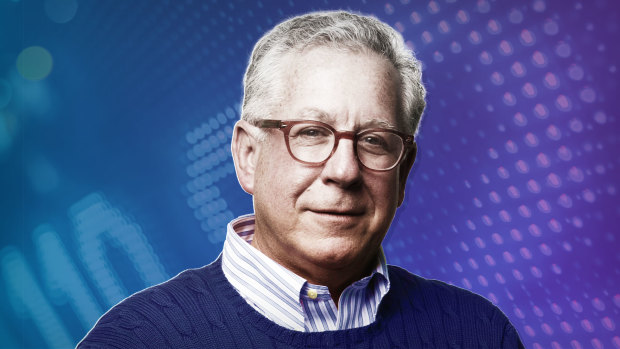
Hedge fund manager Doug Kass has built a reputation for calling it as he sees it, even when he knows what he says will shake things up. For example, in his annual predictions, Kass nailed the stock market rally in the first half of 2023 when he called for a 10% rally through June.
The self-described contrarian with a calculator recently updated his thoughts, explaining what he thinks could be next for stocks. It may not be something that many want to hear.
A Stock Market On A Mission
The stock market has rallied sharply higher this year, despite the ongoing risk of a potential recession caused by a series of steep increases to the Federal Funds rate.
Although short-term yields exceed long-term Treasury yields, foretelling a recession, a strong jobs market, and services sector strength have increasingly led investors to believe that the U.S. economy will sidestep the worst of an economic reckoning.
Not so fast.
More Premium Insight
- I'm Betting Against a Former Favorite Housing Stock: Here's Why (and How)
- AT&T's Downward Trend Never Quits: Maybe Traders Should Just Say 'No
- As Odds of a Market Correction Rise, My Focus Is on 2 Things
Kass points out that the verdict isn't in yet on whether the U.S. can successfully sidestep a recession. And, even if it does, the S&P 500's 18% year-to-date return may have already priced in a lot of the potential upside.
"I am bearish over the remainder of 2023," writes Kass in his Real Money Pro daily trading diary. "Few equities meet my standards for selection..."Slugflation" - sluggish economic growth and prickly inflation - may lie ahead. Equities are particularly overpriced relative to interest rates - the Equity Risk Premium is thin, and bond yields are very high relative to the S&P dividend yield."
The risk of sluggish growth and persistent inflation would be unwelcome by investors hoping that easing inflation and accelerating economic activity mean corporate profits bottomed in the second quarter.
Instead, it could be more of a slog as investors continue to embrace the relative safety of bonds.
"The S&P dividend yield is only 1.50% compared to the yield on the one-year Treasury note of 5.40% - that's the largest gap in decades," writes Kass.
It doesn't help matters that the rapid run-up in stocks this year has arguably stretched valuation. The S&P 500's price-to-earnings ratio has increased, making it less attractive than last fall when stocks were cheaper.
Sign up to see what stocks we’re buying now
"The Price Earnings Ratio of the S&P Index (excluding technology/AI) is above 18x, well above the 15.5x-16.0x average over the last five decades," according to Kass.
Historically, the S&P 500 has produced flat returns one year following an S&P 500 P/E ratio that's this high. We may need to see Wall Street make meaningful upward revisions to its EPS forecasts for the odds of additional gains to improve.
Kass thinks that may be a tough ask, given the Fed's still firmly on the economic brake pedal, inflation is still above the Fed's target, and banks may be unwilling to take on risk given heightened threats of delinquency and defaults from cash-strapped consumers and commercial real estate borrowers.







